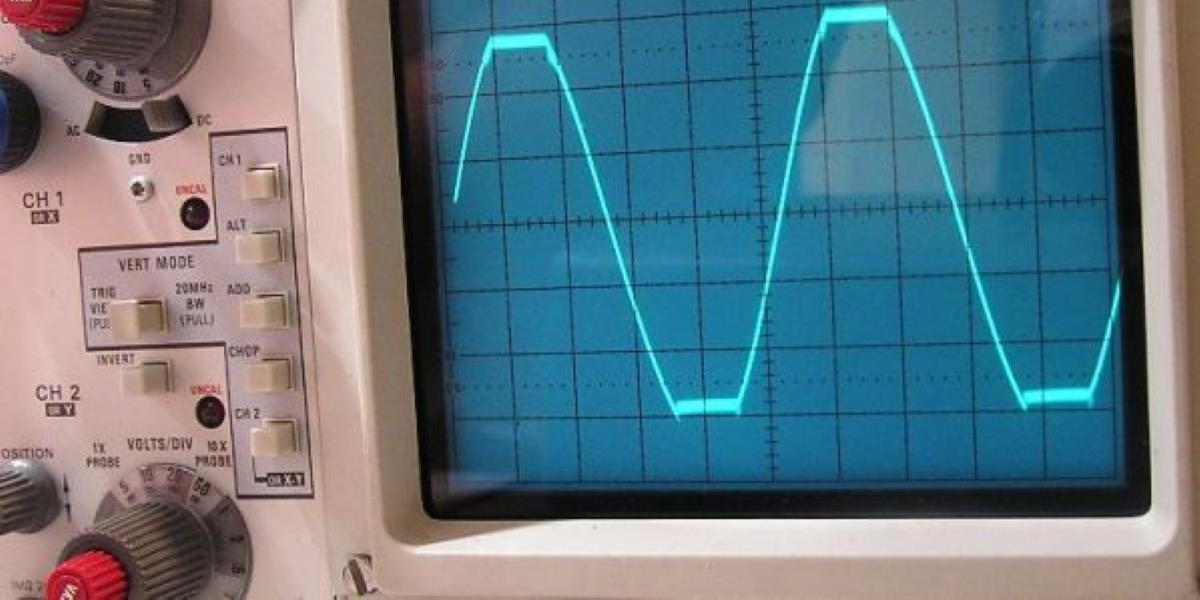Signal Clipping pt1: Overdrive
Welcome to the sexy world of signal clipping. At its basics, signal clipping means the waveform of you guitar signal is cut at the top and bottom of the waves, or clipped, appearing more squared off rather than curved. The amount of clipping translates to how distorted your guitar will sound. This is what happens when your amplifier goes into overdrive/distortion.
Okay. So you read our article on boosts and attenuators but you want a different way of getting some crunch or sparkle out of your amp but you’re not necessarily looking to blow the bloody doors off. Maybe your amp just doesn’t go that dirty or it does, but you just don’t like how it sounds like that.
An overdrive pedal might be your answer. At its basics, I view the spectrum of signal clipping pedals as:
- Overdrive
- Distortion
- Fuzz
Now these are not hard and fast rules and there is a lot of overlap between the three as well as with boosts, but generally you can consider an overdrive to offer the lightest level of clipping to your signal.
Unlike boosts, overdrives usually have more than one knob and often three:
Volume – controlling the output volume of the pedal
Gain – varying the amount of signal clipping introduces to the signal
Tone – most commonly a treble control.
Lets look at some common overdrives and their characteristics, starting with what is probably the most popular overdrive of all time:
The Ibanez Tubescreamer - I would say this was made most famous by Stevie Ray Vaughan. It has the 3 knobs outlined above and has a characteristic bump in the mid-range and cut in the low end. This makes it ideal as a means to slam an amplifier as a boost as well as providing its own drive capabilities.
Many have a love-hate relationship with the Tubescreamer, what makes it special is often what people don’t like. The mids are too strong, the bass is too weak. So maybe this will be your holy grail, but maybe it wont. So, where can you get a Tubescreamer with options to counter the issues some people face with it? Good news: basically everywhere. Its almost a cliché at this point as almost all builders offer a tubescreamer of some variety.
- Fulltone Full Drive
- Boss SD-1
- Way Huge Green Rhino
Lets take a look at another famous overdriver, the Marshall Bluesbreaker:
In our boost article we mentioned Eric Clapton using a Dallas Rangemaster to boost his amp to get one of the most famous guitar sounds of all time on the legendary John Mayall and the Blues Breakers album. This amp was a Marshall 1962 combo amp, later dubbed the Bluesbreaker in honour of the album. In the 90s Marshall released a pedal known as the Bluesbreaker in an effort to get the sound of the amp into a pedal WITH A CONTROLABLE GAIN STAGE, which the original amp didn’t have (hence the use of the Rangemaster).
Like the Tubescreamer, this also follows the 3-knob format but unlike the Tubescreamer, it was not designed specifically for pushing an existing amp into overdrive. It was to get you the sound of a specific Marshall amp into a pedal, across the gain range. You might like the higher gain sounds or you might like the lower gain sounds and this would add that Marshall flavour to your existing amp.
This has long since been discontinued and whilst Marshall do produce the BB-2 Bluesbreaker in a smaller, silver case, most do not think this comes anywhere close to the original pedal.
So, what do you do if you want to get that Bluesbreaker sound? You’re not going to be able to get a new one.
You could look for a used one. These do pop up from time to time on the used market.
Or
Maybe there are other people out there who have taken the Bluesbreaker circuit and released it themselves.
JHS: Morning Glory
Analogman: Prince/King of Tone
Mooer Blues Crab

